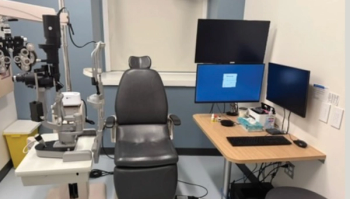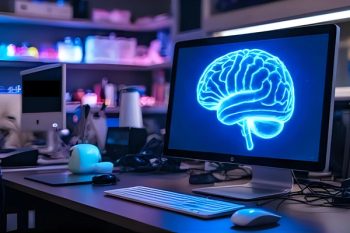
These approaches increase access to glaucoma therapies in developing nations
Many people in developing countries – and some in developed ones – can't afford the glaucoma treatments they need to protect their eyesight, researchers say.
Prices range widely in comparison to income around the globe, they found, and when these costs are taken into consideration optimal treatments may vary from one country to another, wrote Peter Y. Zhao, of the University of Michigan in Ann Arbor, USA, and colleagues in
"Successfully reducing global blindness from glaucoma requires addressing multiple contributing factors, including making glaucoma interventions more affordable," they argue.
While previous studies have compared costs for glaucoma therapies in the United States, Canada and Europe, Zhao and colleagues could not find any that did so around the world. To fill that gap, they surveyed 38 countries to compare these costs to median annual household income. The countries include 17 of the 25 most populated.
Seventeen countries were developed and 21 were developing. Eight were in the Americas, 21 in Europe, 5 in Africa and 13 in Asia the Middle East or Australia.
They used data from governments, academic publications and drug-pricing databases. If these were not adequate, they consulted practicing ophthalmologists. When prices varied among data sources within a country, they calculated the mean.
Among medications, they calculated a year's supply of topical prostaglandin analogs, beta blockers, alpha agonists, carbonic anhydrase inhibitors and fixed-dose combination medications.
Among surgeries, they included any type of laser trabeculoplasty, and trabeculectomy. They excluded glaucoma drainage devices and minimally invasive glaucoma surgeries because these are not available in many of the countries they studied.
They adjusted prices for purchasing power parity exchange rates. This alternative to market exchange-rates uses a basket of goods and services to determine the value of a currency relative to an index currency. Zhao and colleagues chose the United States as the index country, converting the price of glaucoma interventions from local currencies into U.S. dollars. They also adjusted where necessary for inflation.
To gauge affordability, the researchers determined median annual household income. While acknowledging there is no widely accepted threshold for affordability, the researchers settled on 2.5% of median household income.
They found that prostaglandin analogs were unaffordable in 41% of countries, laser trabeculoplasty in 44% and trabeculectomy in 78%.
Beta blockers were the cheapest class of medication in all 37 countries, ranging from $0.02/d in China to $0.53/d in Germany and Qatar. Prostaglandin analogs were the most expensive in 54.1% of countries. The lowest prostaglandin price was in the United Kingdom, $0.08/d and the highest in Jamaica, $3.29/d.
The cost of a year's supply of timolol ranged from 0.06% of median annual household income in Switzerland to 5% in Ghana. Ghana and South Africa were the only countries where timolol was unaffordable by these researchers' definition.
The cost of a year's supply of latanoprost compared to median annual household income ranged from 0.9% in the United Kingdom to 27.4% in Eithiopia. It was unaffordable in 15 countries, all of them developing.
The ratio of prices for brand name drugs to generic drugs ranged from 0.6 in Greece to 3.5 in the United States.
The lowest cost of laser trabeculoplasty was in Switzerland, where it equaled 0.2% of median annual household income. The highest was in Egypt: 16.7%. It was unaffordable in 15 countries of which 11 were developing.
The lowest cost of trabeculectomy was in Norway, where it equaled 0.3% of median annual household income. The highest was in Egypt: 41.7%. It was unaffordable in 28 countries, of which 18 were developing.
In 18 countries, 12 of them developing, laser trabeculoplasty cost less than a 3-year supply of latanoprost. In 22 countries bilateral trabeculectomy cost more than a 3-year supply of dual therapy with prostaglandin analogs and beta blockers.
This analysis led the researchers to conclude that timolol might be the most viable option for many people with glaucoma worldwide. Since prostaglandin analogs are not affordable in many developing countries, patients in these countries who can't control glaucoma with timolol might find laser trabeculoplasty be the best option, the researchers suggested.
They acknowledged several limitations to their study, in particular the difficulty of accounting for health insurance and its influence in mitigating costs to patients.
Newsletter
Get the essential updates shaping the future of pharma manufacturing and compliance—subscribe today to Pharmaceutical Technology and never miss a breakthrough.












































